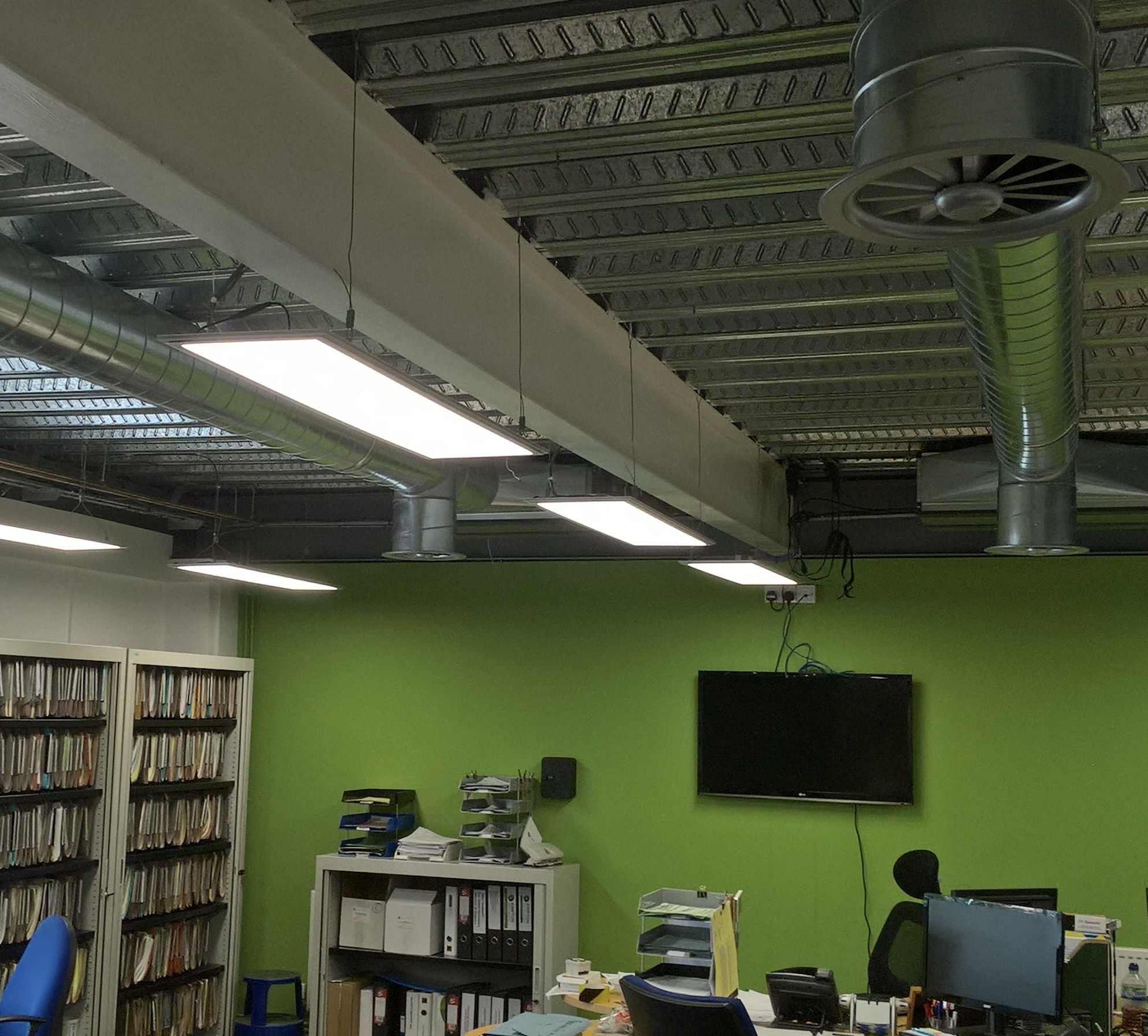New interior design opens up potential

An innovative package is enabling architects, designers and specifiers to reach new heights in commercial interior design, whilst ensuring the space below is a comfortable working environment.
The package provided by Gilberts Blackpool provides ventilation along with the ability to test and computer-model the design to validate its performance. Gilberts also offers design advice, accessories for the diffusers, and can also adjust their performance to ensure a functional strategy.
Alongside its comprehensive range of grilles, louvres and diffusers, Gilberts has the ability to design, manufacture, and test bespoke solutions to meet specific project requirements. It also has technically-advanced in-house test centres which are designed and built using internal resources at its 90,000sq ft Blackpool headquarters.
Gilberts sales director Ian Rogers says: “The trend towards open ceilings has thrown into sharp relief the impact of building services design on the comfort levels within the occupied space,”
“It isn’t a matter of just removing the ceiling and assuming the ventilation will perform the same. Without a ceiling, and without proper consideration and specification of the ventilation solution, you end up with ‘dumping’ all cool air onto occupants below, heat dissipating upwards, draughts, hot spots and cold spots.”
Gilbert’s test laboratory, it can validate the ventilation performance, and execute finite adjustments to achieve the required levels. In addition, using computation fluid dynamics (CFD) software, the company can run the proposed ventilation/ air movement design to validate its performance according to air changes, air quality, temperature. Appropriate adjustments can then be made to the strategy if required, and retested, to ensure the target performance criteria will be met once the ventilation is installed and the building occupied.
Rogers adds: “Our services ensure that we can give our partners the peace of mind that the ventilation will perform as specified, eliminating the risk of time-consuming and potentially expensive retrospective alterations once the space is occupied and workers find they are sat in draughts.”







